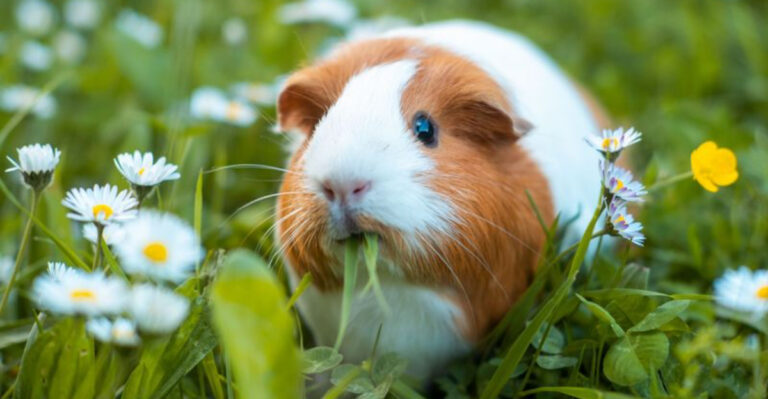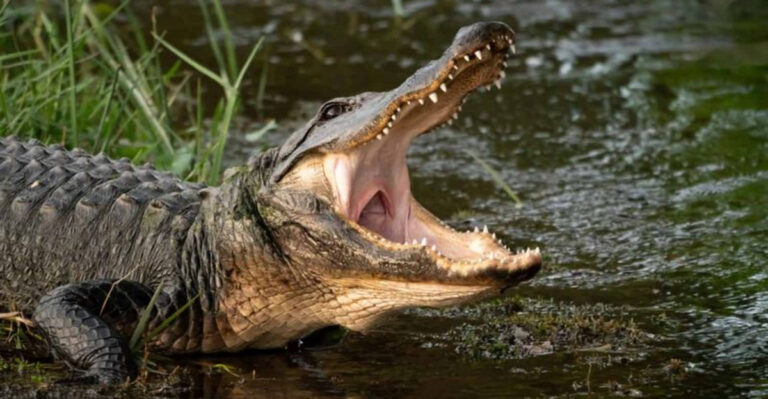The Adder: 12 Fascinating Facts About Britain’s Only Venomous Snake
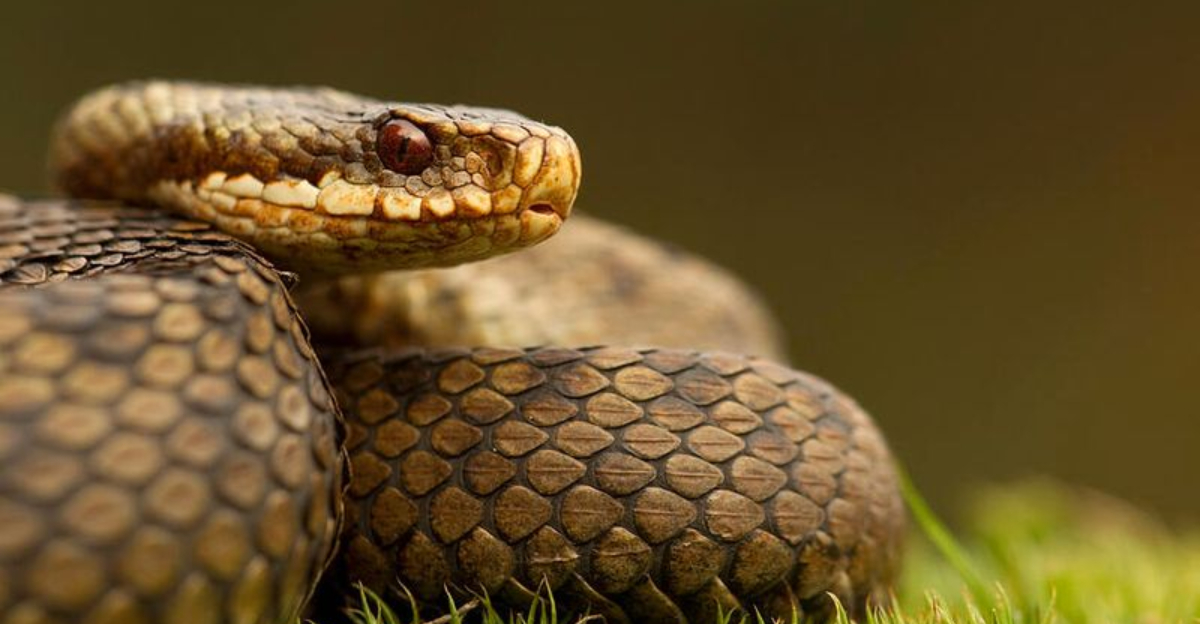
Hidden among Britain’s lush meadows and woodlands lurks a secretive reptile with a fearsome reputation – the adder.
As the only venomous snake native to the British Isles, this remarkable creature has captivated naturalists and sparked fear in hikers for centuries. Despite their venomous bite, adders are shy, misunderstood animals that play a vital role in Britain’s delicate ecosystem.
1. Masters Of Camouflage

Adders possess remarkable zigzag patterns running down their backs that help them vanish into woodland floors. Males typically showcase silver-gray bodies with black markings, while females wear rusty-brown coats.
This impressive camouflage allows them to remain virtually invisible to predators and prey alike. Most hikers walk right past these cryptic reptiles without ever spotting them!
2. Surprisingly Shy Creatures
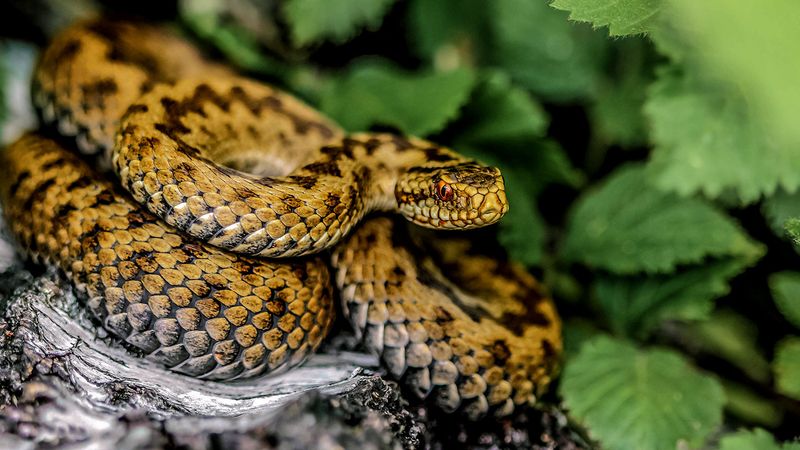
Despite their venomous reputation, adders would rather slither away than confront humans. When disturbed, their first instinct is to retreat into undergrowth or nearby burrows.
These snakes only strike when cornered or accidentally stepped on. Most bites occur when people try to handle them or inadvertently disturb their resting spots. Their timid nature makes encounters with humans relatively rare.
3. Cold-Weather Champions
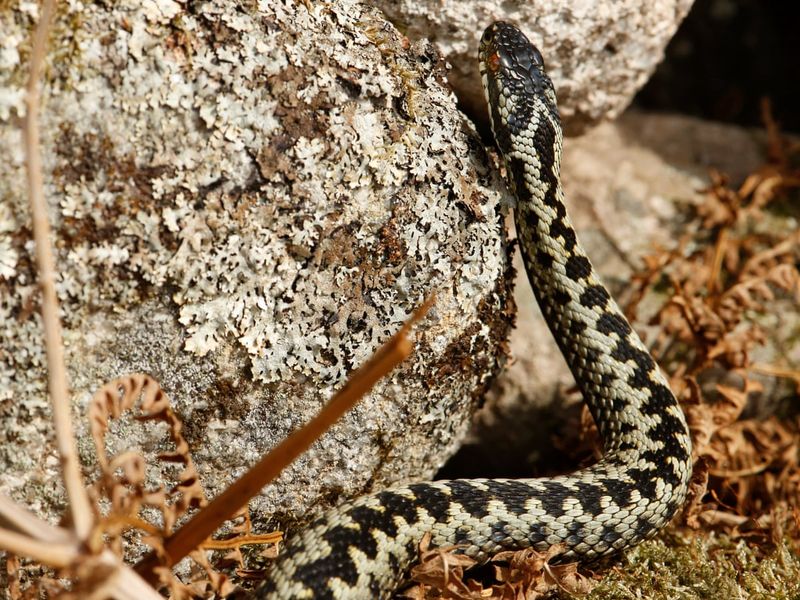
Adders are cold-weather warriors among reptiles! They’ve adapted to Britain’s chilly climate better than any other snake species in the region.
Found as far north as the Arctic Circle in Scandinavia, they can survive in remarkably cold conditions. After winter hibernation, they emerge earlier than other reptiles, sometimes basking in the weak spring sunshine while patches of snow still cover the ground.
4. Venomous But Rarely Lethal

While adders pack a venomous punch, their bite rarely proves fatal to humans. Their venom primarily helps them subdue small prey like mice and voles.
Only about 14 deaths have been recorded in Britain over the last 100 years! Most bites cause pain, swelling, and nausea but aren’t life-threatening. Medical attention should always be sought, especially for children or elderly individuals.
5. Mysterious Mating Dances

Spring transforms male adders into elegant dancers as they engage in fascinating combat rituals called the “dance of the adders.” Two males will rise up, intertwining their bodies while attempting to force each other to the ground.
These wrestling matches aren’t about inflicting harm but establishing dominance. The victor earns mating rights with nearby females, who quietly observe these hypnotic displays from the sidelines.
6. Live Birth Specialists

Unlike many snake species that lay eggs, adders give birth to live young in a process called ovoviviparity. Female adders incubate eggs internally, eventually delivering 3-20 fully formed baby adders.
These miniature replicas, measuring just 15-20cm, come equipped with functional venom glands from birth. The mother provides no parental care after birth, leaving the young to fend for themselves immediately—a harsh introduction to independence!
7. Solar-Powered Serpents
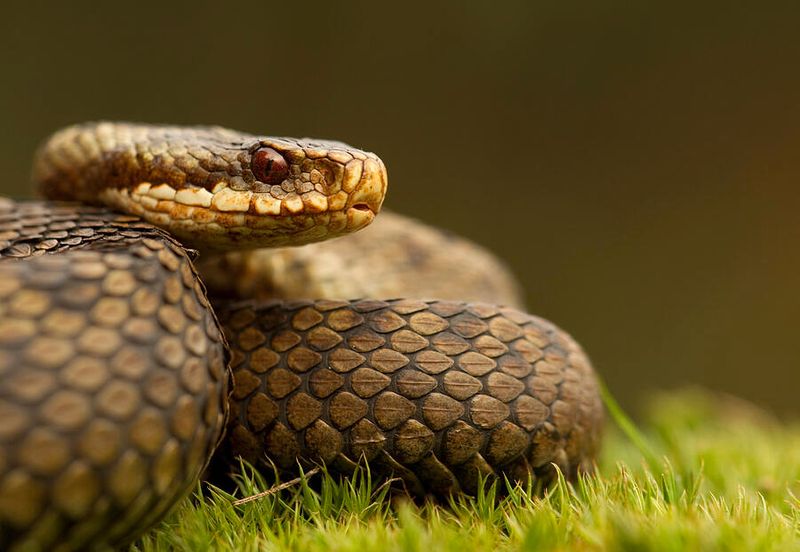
Adders are essentially solar-powered creatures! As cold-blooded reptiles, they rely completely on external heat sources to regulate their body temperature and metabolism.
Morning often finds them basking on sun-warmed rocks or clearings. This behavior, called thermoregulation, explains why hikers typically encounter adders on paths and open areas. Once warmed, they become surprisingly agile hunters.
8. Ancient British Residents
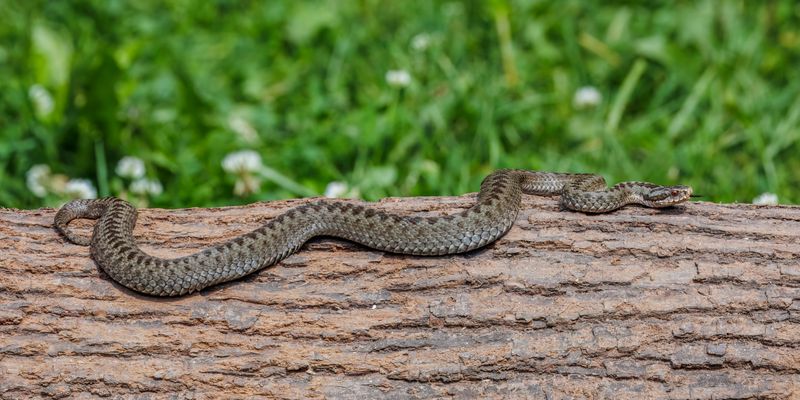
Adders have slithered across British landscapes since the end of the last Ice Age, approximately 10,000 years ago. They crossed from continental Europe when Britain was still connected by land bridges.
These ancient reptiles appear in folklore, medicine, and literature throughout British history. Shakespeare even mentioned them in his plays! Their long presence has embedded them deeply in British natural heritage and cultural identity.
9. Declining Population Concerns
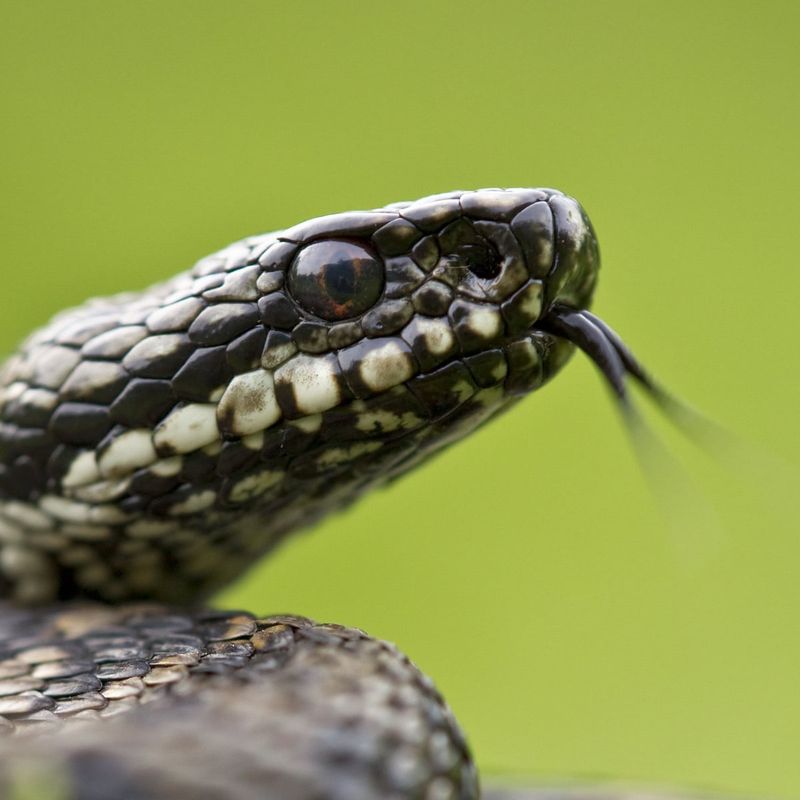
Britain’s iconic adder faces serious conservation challenges. Their numbers have plummeted by over 85% in some regions due to habitat loss, persecution, and climate change.
Fragmentation of their woodland and heathland homes has isolated populations, leading to concerning genetic bottlenecks. Conservation efforts now focus on creating wildlife corridors and protected habitats. Without intervention, these remarkable reptiles could disappear from many parts of Britain.
10. Hibernation Experts
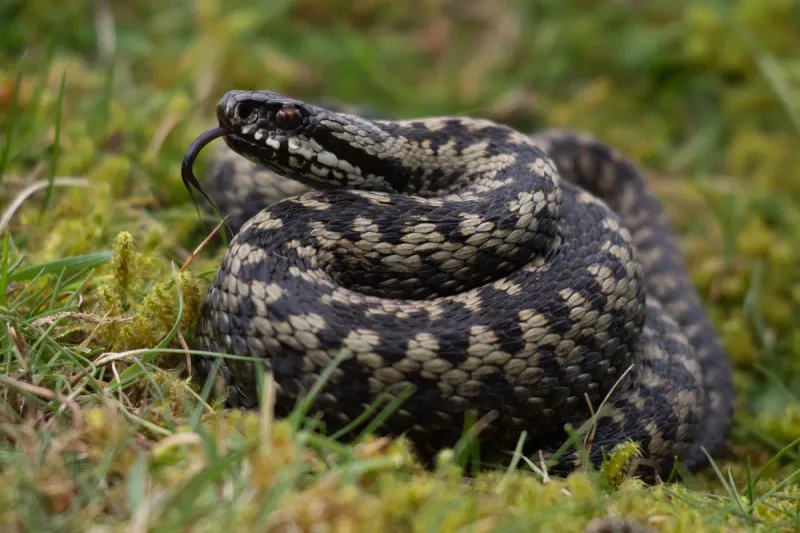
Adders are champions of the long sleep! They spend nearly half their lives in hibernation, typically from October through March, depending on local climate conditions.
Groups of adders, sometimes numbering dozens, gather in communal hibernation spots called hibernacula. These sheltered locations, often in abandoned mammal burrows or under tree roots, protect them from freezing temperatures. This shared winter strategy helps them survive Britain’s harsh winters.
11. Remarkable Sensory Abilities
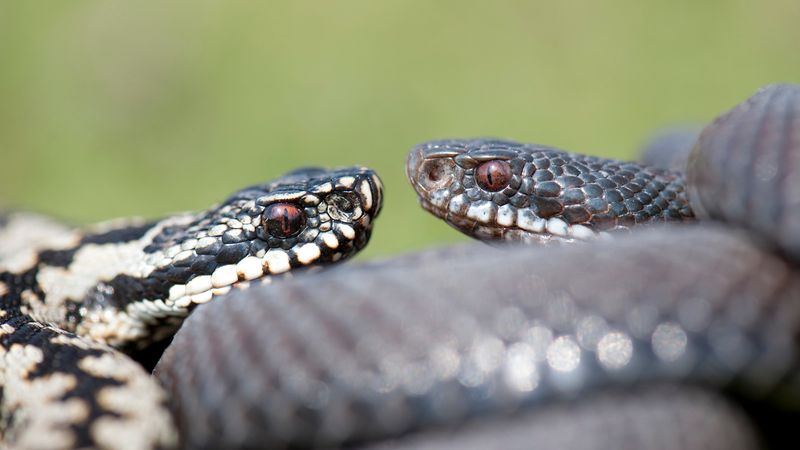
Adders possess extraordinary sensory adaptations that make them efficient hunters. Their forked tongues collect scent particles which they analyze using a specialized organ called Jacobson’s organ in the roof of their mouth.
This gives them a three-dimensional “smell map” of their surroundings. Additionally, heat-sensitive pits between their eyes and nostrils detect warm-blooded prey, allowing them to hunt effectively even in low light conditions.
12. Protected Legal Status

Adders enjoy comprehensive legal protection in Britain under the Wildlife and Countryside Act of 1981. This makes killing, injuring, selling, or trading them a criminal offense.
Despite their venomous nature, this protection acknowledges their ecological importance and declining numbers. The law represents a significant shift from historical persecution when bounties were once offered for dead adders. Modern conservation efforts focus on education to reduce fear of these misunderstood reptiles.


